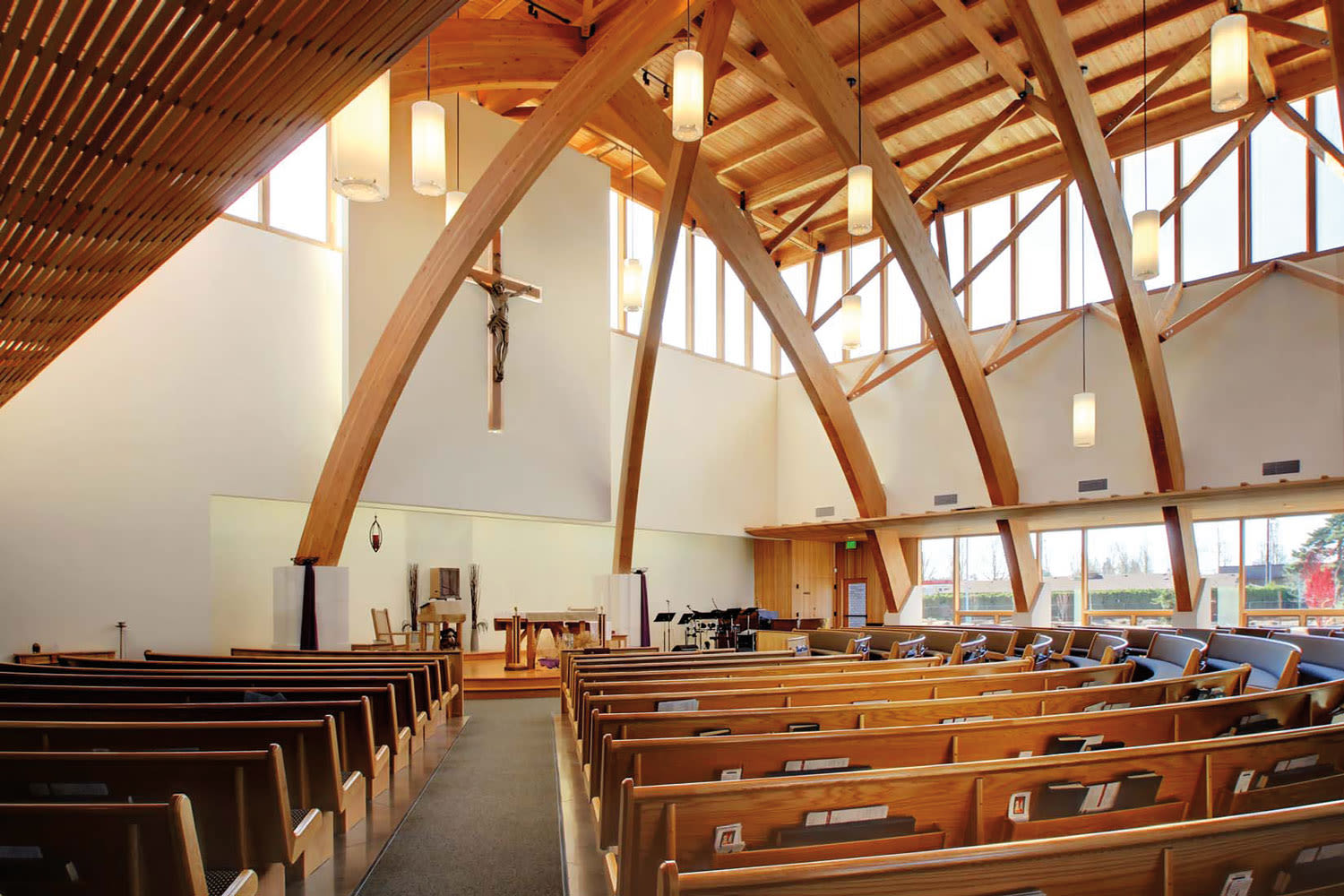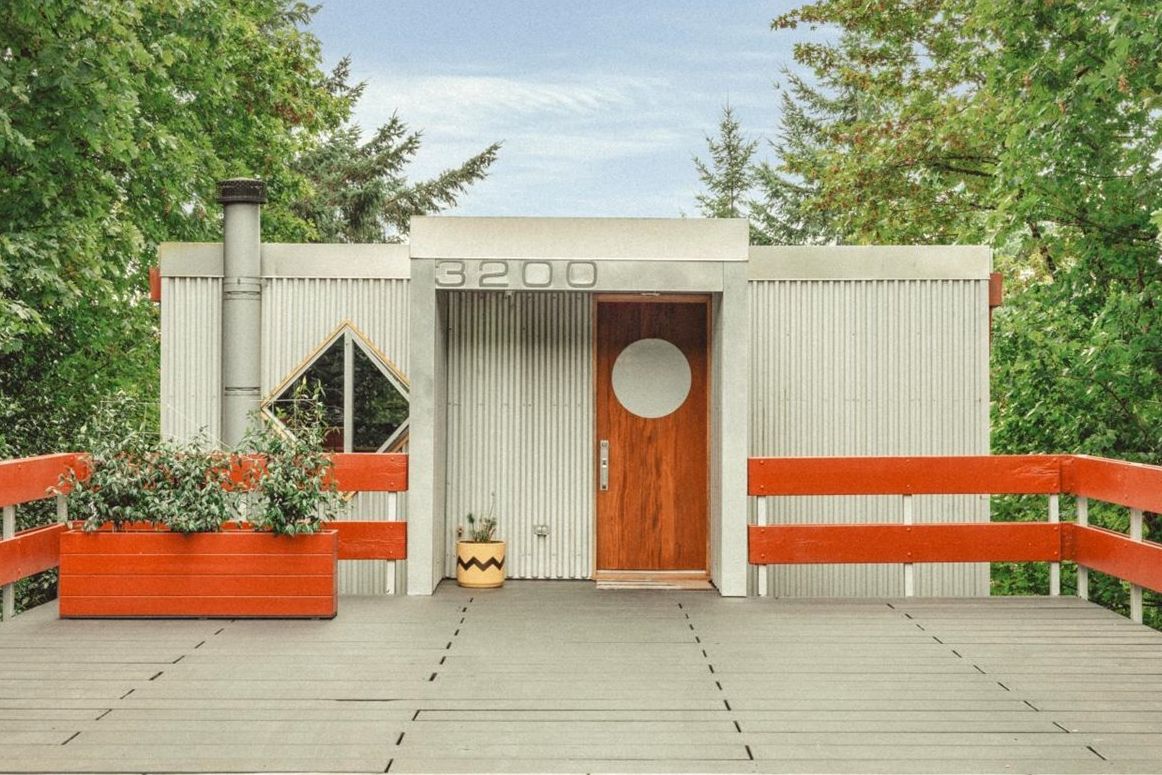Glorious PDX-Designed Churches Will Restore Your Faith (in Architecture, At Least)
“In some ways, designing a place of worship is the highest form of the art,” says Portland architect Chris DiLoreto of his firm’s series of bright, modernist churches. “You’re creating a space designed to help people think about things greater than themselves—a space that’s intended to have great potential to move people.”
DiLoreto, who’s Catholic, started designing churches because a priest he knew wanted a new one for a vibrant but poorly housed Aloha parish. “Portland’s Catholic archdiocese isn’t very old,” DiLoreto points out, “and a lot of its first-generation buildings either weren’t very good in the first place or can’t accommodate the size of modern congregations.” That’s meant a striking body of “spiritual” work for a firm also known for projects as avowedly secular as public utility headquarters and beachfront condos.
The firm starts each project with a freewheeling town hall, designed to explore the collective personality of a given congregation. “You’re essentially designing a house for 500 people,” he says. “We ask: What kind of church are you? What do you want to be? And what do you need to be that parish?”
The results tend toward delicacy informed by modern design—clean lines, flooding natural light, and generous airiness. But each space carefully hews to the identity of its congregation. For a current project for St. Joseph the Worker, a fast-growing parish in outer Southeast Portland, DiLoreto says he’s pursuing a sense of prominence—a bell-tower-like icon—in a community that lacks landmarks. For a renovation of St. Michael the Archangel, the red-brick downtown church that was once the center of Portland’s urban Italian community, a light touch and attention to specific parish programs is required. And for the recently completed St. Edward in Keizer, natural materials and space for rapid growth emerged as priorities.
DiLoreto says these projects tend to run for up to six years, with the outcomes intended to survive for generations. “It’s not building a Gothic cathedral,” he wryly notes, “but it’s not a quick turnaround, either.”




